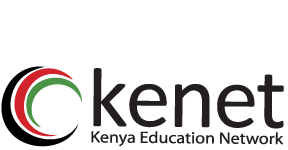The main assumption in the above categorization is that the schools to be connected would have some level of Internet readiness. This is defined as follows:
-
Schools therefore need to have at least a secure networked computer lab with a minimum of 20 computers.
-
Stable electricity supply (on-grid or off-grid)
-
A teacher or staff member who could be considered an ICT champion. This could be a science, Maths, or computer studies teacher who was already proficient in the use of computers.
-
A minimum Internet or communication budget of Ksh 25,000 per month to ensure sustainability beyond the pilot phase of the project.
-
The challenge has always been the cost of equipping educational institutions with ICT and providing affordable Internet access, particularly for the large number of schools in the country. For example, Kenya had a total 8,747 secondary schools and 29,460 primary schools in 2014 according Economic Survey 2015. The secondary schools had a total enrolment of 2.3 million students in the year 2014. The cost of providing Internet access to all the schools would therefore be very high. The SCI intends to create a platform through which public and private sectors can partner in an effort to provide scalable and sustainable ICT and Internet access to schools. The SCI model to schools connectivity is based on a holistic approach that integrates Internet connectivity, Internet access, relevant educational content and capacity building for teachers.
